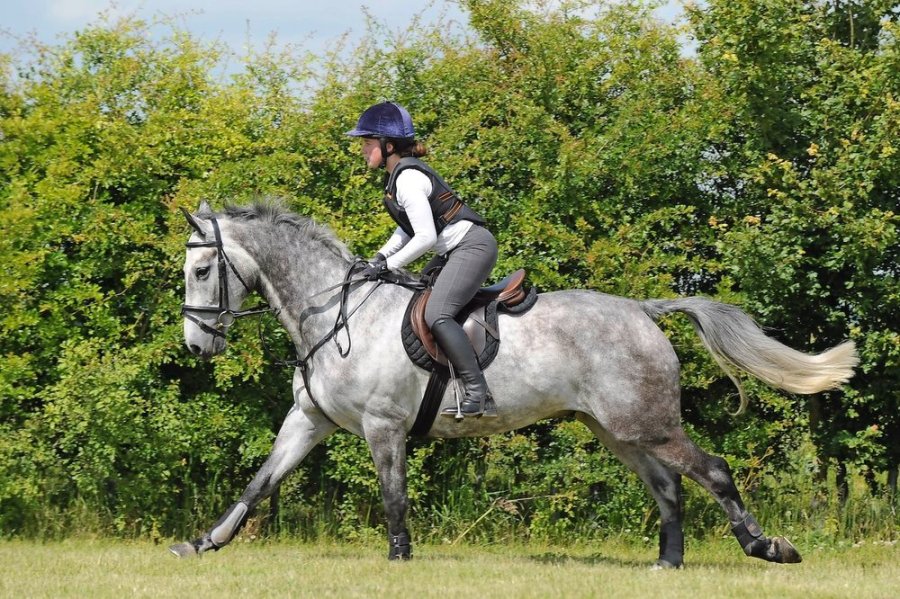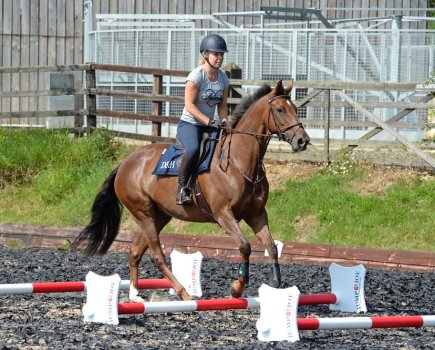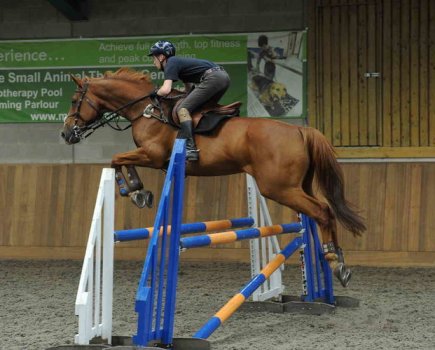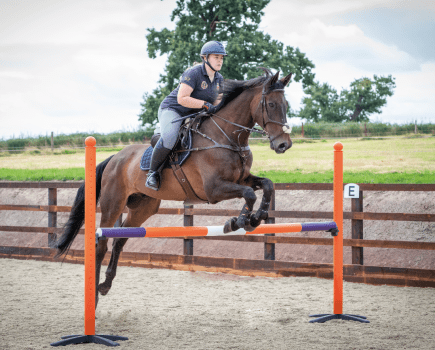To help you warm your horse up for a cross-country schooling session we’ve asked eventer Harry Meade for his advice. “Warming up in an open field can be daunting for a lot of riders and, as a result, many warm-up on a tight circle in the corner of a field,” says Harry.
“However, the first principle of cross-country is to get your horse to travel from A to B. So, warm up around the outside of the field, otherwise your horse will feel as though he’s spiraling down a plug horse if you ride constantly in circles.”
To warm up effectively, follow Harry’s four-step approach.
Step 1. Start in a purposeful walk and think ‘straightness’ as you encourage your horse to relax. If you come across any small water complexes ask your horse to quietly, but confidently walk through them on a loose rein.
Step 2. Pick up trot and, as you ride round the outside of the field, introduce a jump over a shallow ditch or up a small step, making sure your horse is in front of your leg.
Step 3. Next, in a relaxed canter, with your horse in front of your leg, ride with your reins bridged across his lower neck and with your weight off his back. Your Horse should be relaxed and working in a forward canter without tension.
Step 4. Finally, as part of your warm-up and before you jump a small course, string six small, basic fences together in a simple route. Approach with a loose rein, but don’t lose the contact.
First timer tips
If you’re taking a young or novice horse cross-country schooling, follow Harry Meade’s confidence boosting advice.
- If your young horse appears insecure working in open spaces, work alongside a calm rider on a schoolmaster to give him confidence
- If you’re going to be following an experienced lead horse, have a chat before the off to decide how fast you’re going to ride and how close together
- Carry a long stick so you can back up your leg aids with a slight touch
- If you horse tries to stop, don’t circle away from the fence but keep thinking forwards
- Never overface your horse, as the schooling experience should be encouraging
- If you’re the one taking the lead, don’t turn to the next fence until the novice horse behind you has landed to prevent him running out










